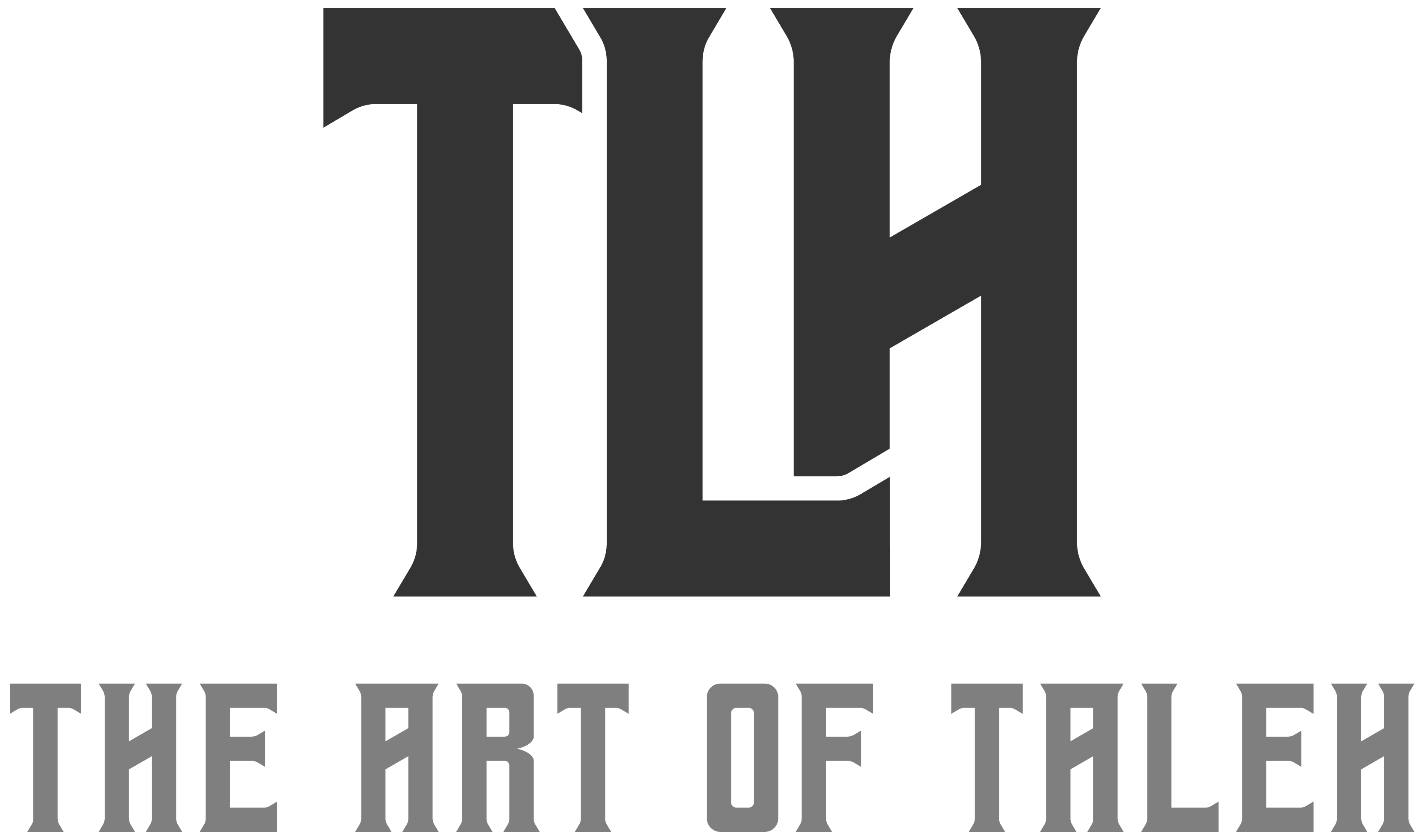Matt Mikalatos’ The Heartwood Crown is not your average Christian fantasy novel. This book, following The Crescent Stone (The Sunlit Lands), breaks from the fantastical stories that many of us know and grew up with in that it is neither void of social commentary nor woefully plagued by racist caricatures of villains, among other things. Instead, in its multi-voiced exploration of culture, identity and justice, Mikalatos’ book speaks to a new generation of young adults with its imaginations of Christian activism in a way that the famed tales of Narnia and Middle Earth never could.
The lens through which The Heartwood Crown sees the world is more cultural mosaic than monocultural. Its four main characters are teenagers of different ethnicities, socio-economic statuses and cultural expressions. There’s Shula, a Syrian orphan with magical fire powers, as well as Darius, an African American boy seeking justice for both his family and community. Madeline is a Caucasian girl with a terminal lung disease and Jason is a Chinese American boy, who is gifted with words. This band of friends are thrown into a confusing battle of good versus evil that takes them through carnivorous forests, cities built from the future and encounters with a dragon. Each of them seeks to end the war raging across the SunLit lands, albeit in different ways and, as they do, they are forced to wrestle with theologically profound questions on things like oppression, violence and reparations.
To be honest, I’ve never read a Christian fantasy novel before that so seamlessly bridges biblical theology, social realities and multiculturalism. The heartbeat that runs through this story is Isaiah 1:17, which says, “Learn to do good; seek justice, correct oppression; bring justice to the fatherless, plead the widow’s cause,” and Shula, Darius, Madeline and Jason each seek to live this out in their own way. Their ruminations are catalyzed by a centuries-long battle between two fantastical races called the Elenil and the Scim and, in the midst of atrocities and abuse, the questions these teens are asking include, “How do we do good in the midst of evil?”, “What does justice for the oppressed look like?”, “Is there a peaceful solution to broken systems or is violence necessary?” and “How do we approach the issue of reparations?”
The Heartwood Crown offers multiple perspectives on these complex issues, and the truth is that there is no one easy solution. This is where the book’s thoughtful social commentary plays an important role. Stories are often written with one clear hero and one equally clear villain. The simplicity of these stories is also bound to a monocultural view of the world. But this novel’s multi-view lens constructed from teens in both dominant and subdominant cultures complicates this typical and tropish narrative.
Madeline is learning that she has privilege, and this story explores how she can use that privilege to help others without the pitfalls of becoming a white savior figure. Darius is trying to find his place in the world as an African American boy. He engages with a variety of black figures and leaders in the story who seek to educate and empower him through non-violent pathways. But Darius has not fully healed from his own personal experiences of racial trauma, and that pain complicates his view on the battle in the SunLit lands. Finally, both Shula and Jason wrestle with their own bicultural identities, what it means for them to embody in-between spaces, the ways that has caused them shame, but also the skills they have formed as a result which make them uniquely adept in addressing issues of injustice.
One the greatest strengths of The Heartwood Crown is its ability to connect the problems of the SunLit Lands to our own. It is packed full of social commentary on the lives of African Americans, Chinese Americans, and Caucasians as well as immigrants and refugees in our country, and this commentary is crucial in helping readers see new perspectives to our current manifestation of fraught race relations. The British-Pakistani author, Kamila Shamsie once said, “You don’t have to leave the patch of ground on which you live – but it would be helpful if you looked at who else is on that patch of ground with you.” This is exactly what Mikalatos’ novel seeks to achieve. Not only does this book challenge Christians to think critically and biblically about systemic problems and injustice in our day, but more importantly to imaginatively engage these issues through the eyes of another.
The Heartwood Crown is a book for our times. It shows how teenagers can become informed, empathetic and take steps toward activism in a time of racial strife and pain. Its multi-perspective encourages not only different views of history and cultural experience, but also a variety of paths possible for healing. From explorations in cultural identity development and coming to terms with the pains and complicities of our past to seeking a biblical path forward, this is the book we want the next generation of Christian youth to be reading.
Want to learn more? I got to do an interview with the author, Matt Mikalatos, about The Heartwood Crown on The Fascinating Podcast along with JR Forasteros and Kathy Khang. You can listen to the whole episode here.
Matt Mikalatos' The Heartwood Crown is about teenagers becoming informed, empathetic and taking steps toward activism in a time of racial strife. This is the book we want the next generation of Christian youth to be reading. Click To Tweet






